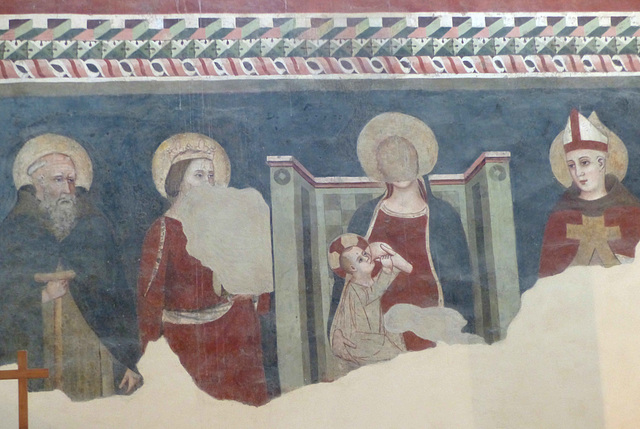Atri - San Nicola di Bari
Atri - Basilica di Santa Maria Assunta
Atri - Basilica di Santa Maria Assunta
Atri - Basilica di Santa Maria Assunta
Atri - Basilica di Santa Maria Assunta
Atri - Basilica di Santa Maria Assunta
Atri - Basilica di Santa Maria Assunta
Ascoli Piceno - Cafe Meletti
Ascoli Piceno - Piazza del Popolo
Ascoli Piceno - Battistero di San Giovanni
Ascoli Piceno - Cattedrale di Sant'Emidio
Ascoli Piceno - Cattedrale di Sant'Emidio
Ascoli Piceno - Cattedrale di Sant'Emidio
Ascoli Piceno - Cattedrale di Sant'Emidio
Ascoli Piceno - Santi Vincenzo e Anastasio
Ascoli Piceno - Santi Vincenzo e Anastasio
Ascoli Piceno - Art Nouveau
Ascoli Piceno - Ponte Romano
Ascoli Piceno - Santa Maria Inter Vineas
Ascoli Piceno - Santa Maria Inter Vineas
Ascoli Piceno - Tempietto di S Emidio Rosso
Ascoli Piceno - Lavatoio
Ascoli Piceno
Location
Lat, Lng:
Lat, Lng:
You can copy the above to your favourite mapping app.
Address: unknown
Lat, Lng:
You can copy the above to your favourite mapping app.
Address: unknown
See also...
Keywords
Authorizations, license
-
Visible by: Everyone -
All rights reserved
-
60 visits
this photo by Martin M. Miles


Atri - Basilica di Santa Maria Assunta
Atri was known as Hadria when the Romans founded a colony here in 282BC. Roman emperor Hadrian's family originally derived from this place. After the fall of the Roman Imperium, the Lombards established hegemony over the area in the 6th century and Atri got annexed to the Duchy of Spoleto. The Lombards were displaced by the Normans, whose noble House of Acquaviva family ruled the town from about 1393, before merging their lands into the Kingdom of Naples in 1757.
The present cathedral has several predecessor buildings, that were founded in the ruins of a Roman thermal from the 2nd century. It was consecrated in 1223. Reconstructions occurred during the following two centuries. The sober white stone façade has a large portal designed by Raimondo del Poggio and Rainaldo d'Atri between 1288 and 1305.
The interior of the cathedral was once covered with frescoes. Some were rediscovered in the 19th and 20th centuries under a thick layer of plaster.
This fresco was created in the middle of the 14th century by an anonymous painter called "Maestro di Offida" (Master of Offida).
Only the central part of this work has been preserved and shows the nursing Madonna and Child (Madonna del Latte) between three saints.
Atri was known as Hadria when the Romans founded a colony here in 282BC. Roman emperor Hadrian's family originally derived from this place. After the fall of the Roman Imperium, the Lombards established hegemony over the area in the 6th century and Atri got annexed to the Duchy of Spoleto. The Lombards were displaced by the Normans, whose noble House of Acquaviva family ruled the town from about 1393, before merging their lands into the Kingdom of Naples in 1757.
The present cathedral has several predecessor buildings, that were founded in the ruins of a Roman thermal from the 2nd century. It was consecrated in 1223. Reconstructions occurred during the following two centuries. The sober white stone façade has a large portal designed by Raimondo del Poggio and Rainaldo d'Atri between 1288 and 1305.
The interior of the cathedral was once covered with frescoes. Some were rediscovered in the 19th and 20th centuries under a thick layer of plaster.
This fresco was created in the middle of the 14th century by an anonymous painter called "Maestro di Offida" (Master of Offida).
Only the central part of this work has been preserved and shows the nursing Madonna and Child (Madonna del Latte) between three saints.
aNNa schramm has particularly liked this photo
- Keyboard shortcuts:
Jump to top
RSS feed- Latest comments - Subscribe to the comment feeds of this photo
- ipernity © 2007-2024
- Help & Contact
|
Club news
|
About ipernity
|
History |
ipernity Club & Prices |
Guide of good conduct
Donate | Group guidelines | Privacy policy | Terms of use | Statutes | In memoria -
Facebook
Twitter

Sign-in to write a comment.